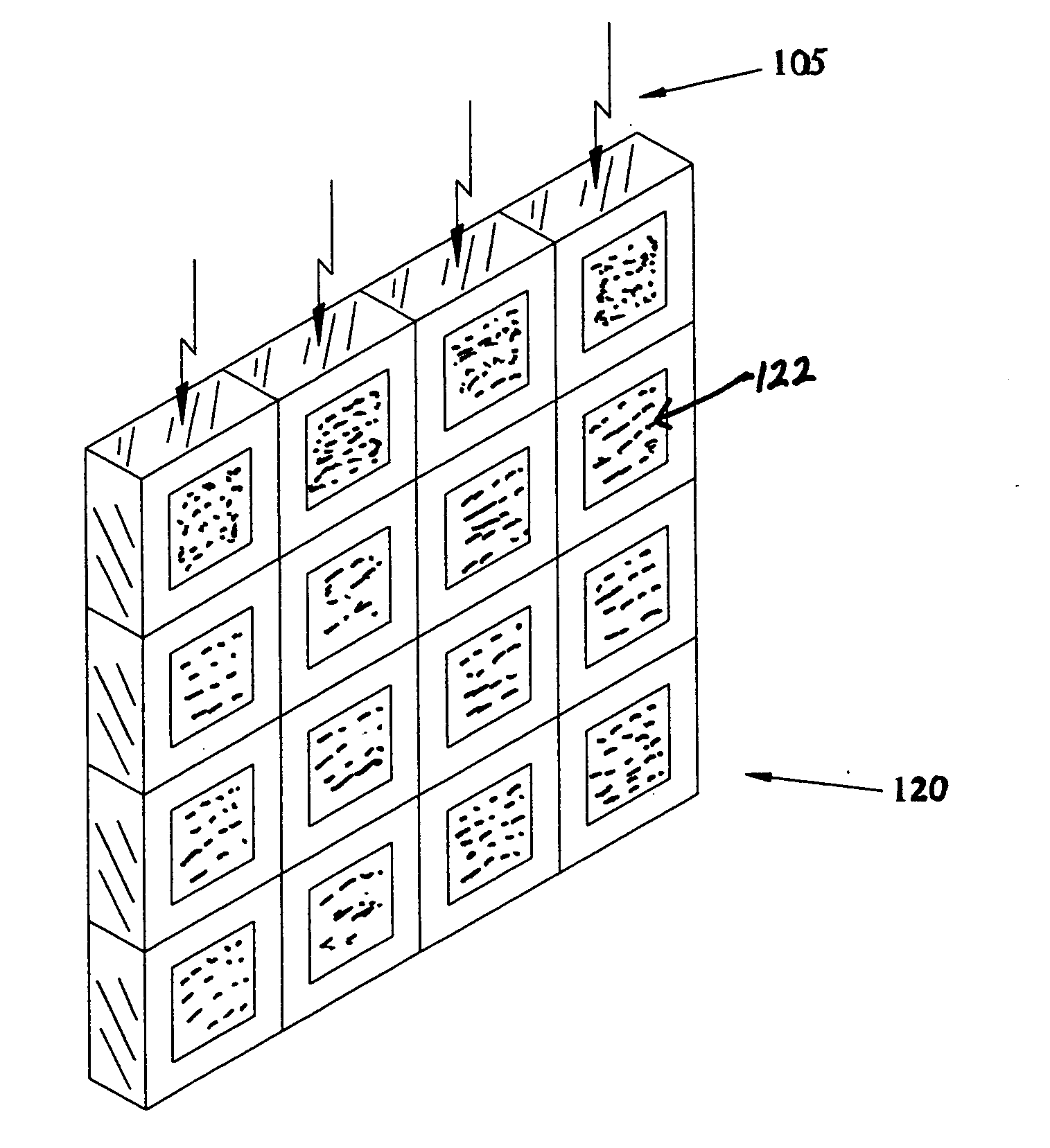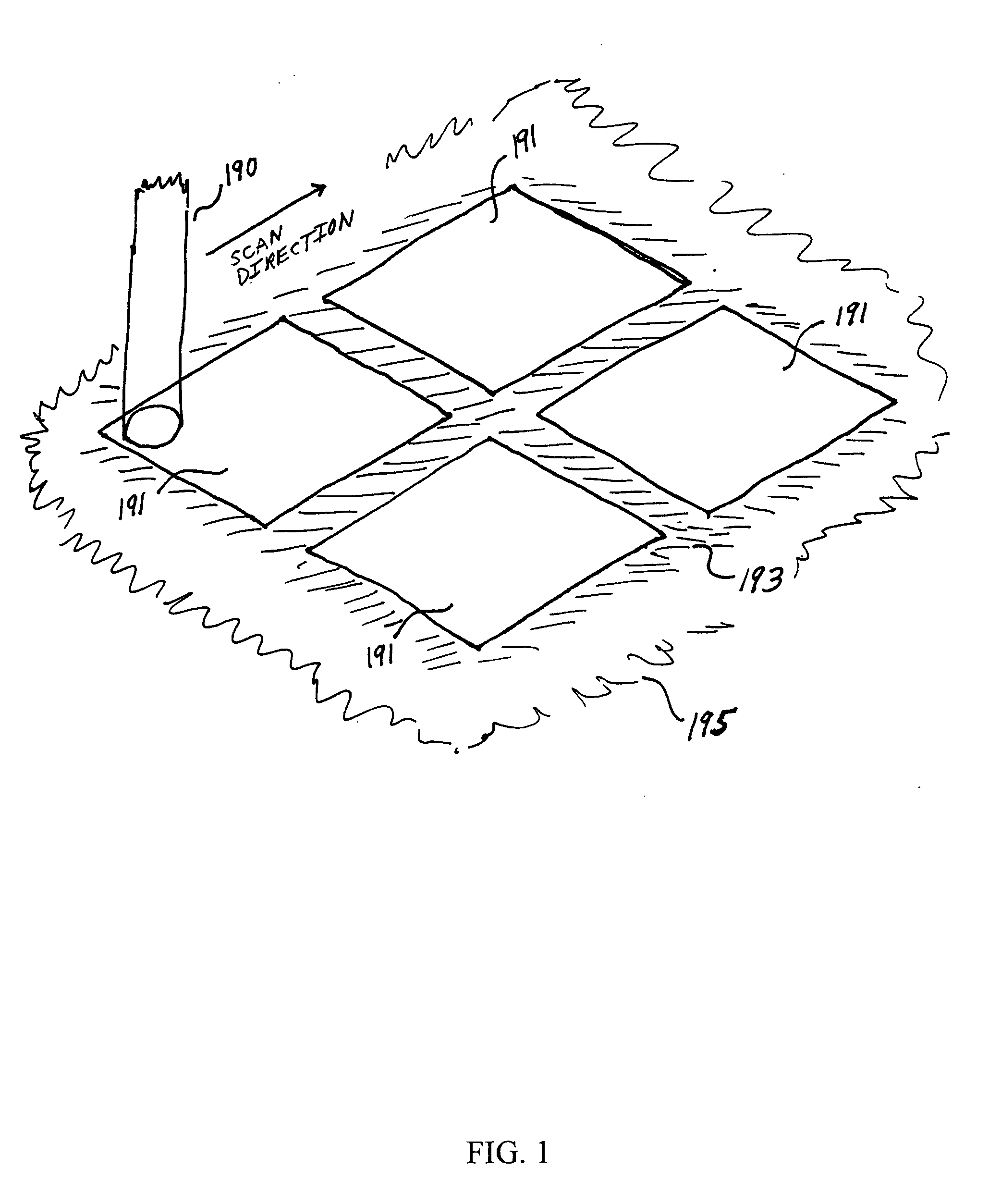Enhanced resolution imaging systems for digital radiography
- Summary
- Abstract
- Description
- Claims
- Application Information
AI Technical Summary
Benefits of technology
Problems solved by technology
Method used
Image
Examples
Embodiment Construction
[0018]The invention utilizes existing and new x-ray detector technology and systems to offer either improved PCI capabilities or dual use capabilities (combining capabilities for both PCI and conventional (attenuation) digital x-ray attenuation imaging). One such technology is the storage phosphor plate (or screen) x-ray detector. Storage phosphor plate technology (including nano-particle storage phosphor ceramic plates (uniform and fiber optic plates) capable of extremely high spatial resolution) is suitable for large area and small area medical imaging applications such as digital mammography (see Rowlands J, Phys. Med. Biol., vol. 47, R123-R166, 2002; Johnson J, et al., J. Am. Ceram. Soc. Vol. 90, no. 3, p. 693-698, 2007), spot area (small area) digital mammography, digital tomosynthesis, and digital dentistry (as described in Nelson, U.S. patent application Ser. No. 12 / 930,771, Jan. 18, 2011 and incorporated herein) as well as industrial and scientific applications. For some app...
PUM
 Login to View More
Login to View More Abstract
Description
Claims
Application Information
 Login to View More
Login to View More - R&D
- Intellectual Property
- Life Sciences
- Materials
- Tech Scout
- Unparalleled Data Quality
- Higher Quality Content
- 60% Fewer Hallucinations
Browse by: Latest US Patents, China's latest patents, Technical Efficacy Thesaurus, Application Domain, Technology Topic, Popular Technical Reports.
© 2025 PatSnap. All rights reserved.Legal|Privacy policy|Modern Slavery Act Transparency Statement|Sitemap|About US| Contact US: help@patsnap.com



